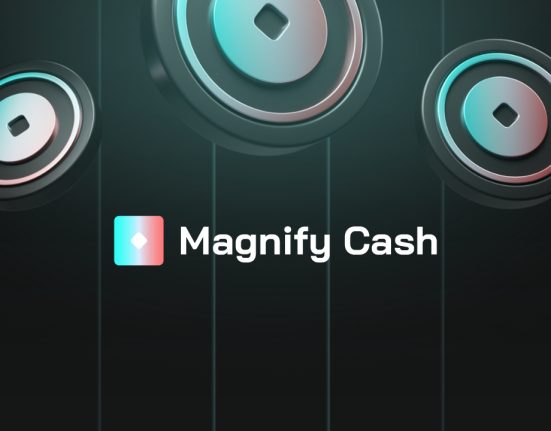“Tokenomics” is a general phrase that refers to a variety of elements that affect a cryptocurrency’s value, but it mostly refers to the economic framework that a cryptocurrency’s developers have created. Here are a few of the most crucial things to think about while analyzing a cryptocurrency’s tokenomics.
Token Supply
The main determinants of any commodity or service’s pricing are supply and demand. Likewise with crypto. The supply of a token can be determined using a number of important parameters.
The initial one is known as Maximum Supply. It indicates that a maximum amount of tokens is programmed to exist throughout the existence of this cryptocurrency. There are a total of 21 million coins available for Bitcoin. While the maximum supply of BNB is 200 million, the hard cap for Litecoin is 84 million coins.
There is no Maximum Supply for some tokens. Every year, more ether is added to the Ethereum network. There is no maximum supply for stablecoins like USDT, USD Coin (USDC), and Binance USD (BUSD), as these coins are issued based on the reserves that underpin them. Theoretically, they are limitless in their ability to expand. Two such cryptocurrencies having unbounded supply are Dogecoin and Polkadot.
The second factor is Circulating Supply, which is the quantity of tokens that are in use. Tokens may be printed, destroyed, or otherwise locked away. The cost of the token is also impacted by this.
You can get a good idea of how many tokens there will ultimately be by looking at the token supply.
Token Utility
The use cases created for a token are referred to as its utility. BNB’s utility, for instance, involves supplying energy to the BNB Chain, covering transaction costs, receiving trading fee discounts, and acting as a community utility token within the BNB Chain ecosystem. Users may additionally stake BNB with a variety of ecosystem products to generate additional revenue.
Tokens can be used in a variety of additional ways. Voting on modifications to a token’s protocol is possible with governance tokens. Stablecoins are intended for use as money. On the other side, security tokens stand in for monetary assets. In an Initial Coin Offering (ICO), a business might, for instance, issue tokenized shares that come with dividend and ownership rights.
Conclusion
These elements can assist you in identifying a token’s prospective use cases, which is crucial for predicting how the token economy will develop.














